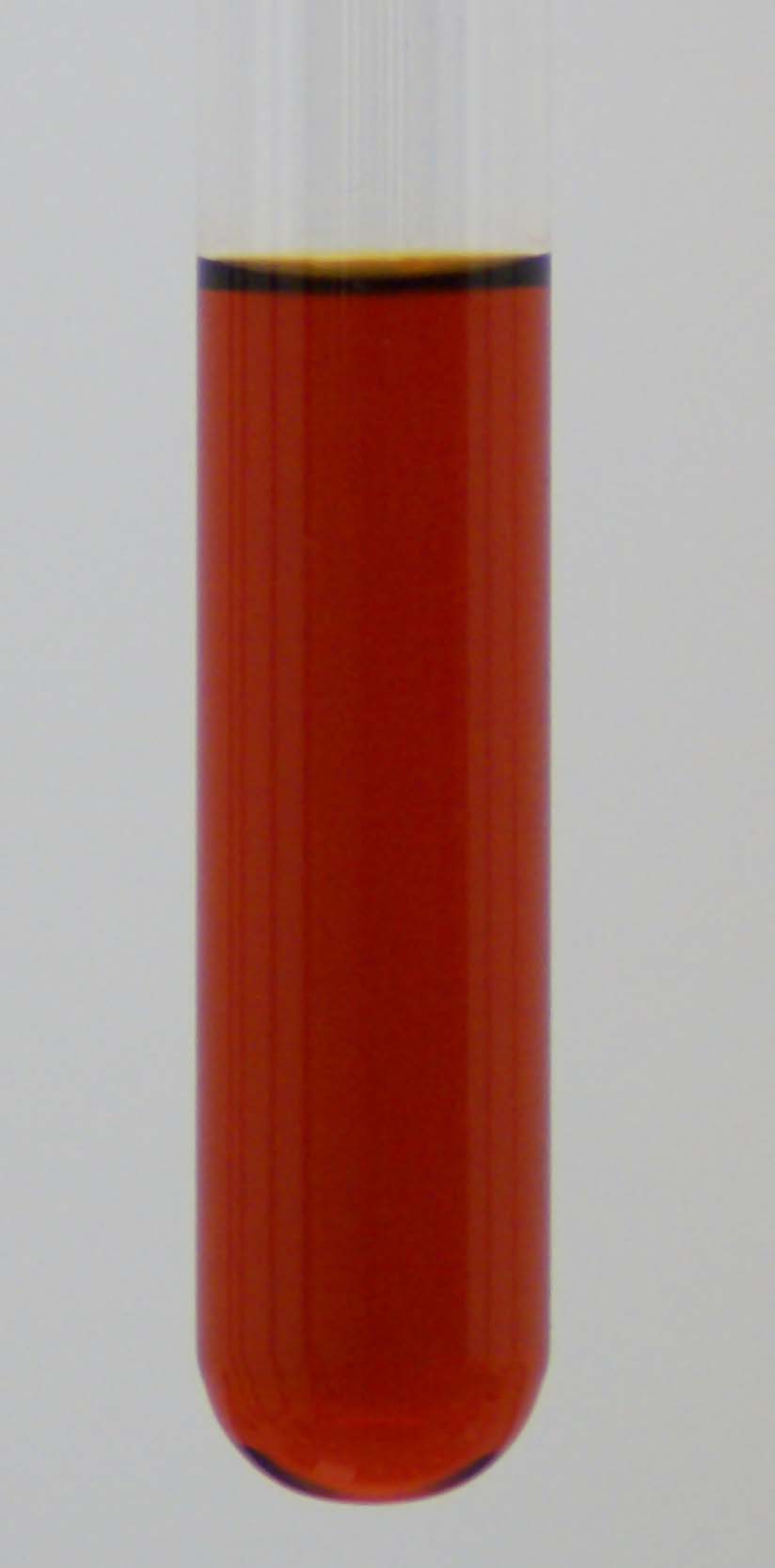|
Cara Cara Navel Orange
The Cara Cara navel orange, or red-fleshed navel orange, is an early-to-midseason navel orange noted for its pinkish-to-reddish-orange flesh. It is believed to have developed as a spontaneous bud mutation on a "standard" Washington navel orange tree. A botanical sport discovered at the Hacienda Caracara in Valencia, Venezuela, in 1976, " ..discovered in 1976 as a mutation of Washington navel orangein Valencia, Venezuela." the cara cara appears to be of such uncertain parentage as to occasionally warrant the distinction of a ''mutation'', with only the tree on which it was found—the Washington navel—being an accepted progenitor. Cara Caras did not enter the U.S consumer produce market until the late 1980s and were carried only by specialty markets for many years thereafter. Characteristics This medium-sized navel is seedless, sweet and low in acid. It is characterized by little to no pith and easy, clean separation from the rind. Unlike in true blood oranges, where th ... [...More Info...] [...Related Items...] OR: [Wikipedia] [Google] [Baidu] |
Citrus × Sinensis
''Citrus'' × ''sinensis'' (sometimes written ''Citrus sinensis''), a hybrid between pomelo (''Citrus maxima'') and mandarin orange, mandarin (''Citrus reticulata''), also known as the sweet oranges, is a commonly cultivated species of Orange (fruit), orange that includes Valencia oranges, blood oranges and navel oranges. Uses The orange (fruit), orange fruit is an important agricultural product, used for both the juicy fruit pulp and the aromatic peel (rind). Orange blossoms (the flowers) are used in several different ways, as are the leaves and wood of the tree. Flowers * The orange blossom, which is the Floral emblem, state flower of Florida, is highly fragrant and traditionally associated with good fortune. It has long been popular in bridal bouquets and head wreaths. * Orange blossom essence is an important component in the making of perfume. * Orange blossom petals can also be made into a delicately citrus-scented counterpart to rosewater, known as "orange blossom water" ... [...More Info...] [...Related Items...] OR: [Wikipedia] [Google] [Baidu] |
Sweetness
Sweetness is a basic taste most commonly perceived when eating foods rich in sugars. Sweet tastes are generally regarded as pleasurable. In addition to sugars like sucrose, many other chemical compounds are sweet, including aldehydes, ketones, and sugar alcohols. Some are sweet at very low concentrations, allowing their use as non-caloric sugar substitutes. Such non-sugar sweeteners include saccharin, aspartame, sucralose and stevia. Other compounds, such as miraculin, may alter perception of sweetness itself. The perceived intensity of sugars and high-potency sweeteners, such as aspartame and neohesperidin dihydrochalcone, are heritable, with gene effect accounting for approximately 30% of the variation. The chemosensory basis for detecting sweetness, which varies between both individuals and species, has only begun to be understood since the late 20th century. One theoretical model of sweetness is the multipoint attachment theory, which involves multiple binding ... [...More Info...] [...Related Items...] OR: [Wikipedia] [Google] [Baidu] |
South America
South America is a continent entirely in the Western Hemisphere and mostly in the Southern Hemisphere, with a considerably smaller portion in the Northern Hemisphere. It can also be described as the southern Subregion#Americas, subregion of the Americas. South America is bordered on the west by the Pacific Ocean, on the north and east by the Atlantic Ocean, and to the south by the Drake Passage; North America and the Caribbean Sea lie to the northwest. The continent includes twelve sovereign states: Argentina, Bolivia, Brazil, Chile, Colombia, Ecuador, Guyana, Paraguay, Peru, Suriname, Uruguay, and Venezuela; two dependent territory, dependent territories: the Falkland Islands and South Georgia and the South Sandwich Islands; and one administrative division, internal territory: French Guiana. The Dutch Caribbean ABC islands (Leeward Antilles), ABC islands (Aruba, Bonaire, and Curaçao) and Trinidad and Tobago are geologically located on the South-American continental shel ... [...More Info...] [...Related Items...] OR: [Wikipedia] [Google] [Baidu] |
Lycopene
Lycopene is an organic compound classified as a tetraterpene and a carotene. Lycopene (from the Neo-Latin '' Lycopersicon'', the name of a former tomato genus) is a bright red carotenoid hydrocarbon found in tomatoes and other red fruits and vegetables. Occurrence Aside from tomatoes or tomato products like ketchup, it is found in watermelons, grapefruits, red guavas, and baked beans. It has no vitamin A activity. In plants, algae, and other photosynthetic organisms, lycopene is an intermediate in the biosynthesis of many carotenoids, including beta-carotene, which is responsible for yellow, orange, or red pigmentation, photosynthesis, and photoprotection. Like all carotenoids, lycopene is a tetraterpene. It is soluble in fat, but insoluble in water. Eleven conjugated double bonds give lycopene its deep red color. Owing to the strong color, lycopene is used as a food coloring (registered as E160d) and is approved for use in the US, Australia and New Zealand (register ... [...More Info...] [...Related Items...] OR: [Wikipedia] [Google] [Baidu] |
Carotenoid
Carotenoids () are yellow, orange, and red organic pigments that are produced by plants and algae, as well as several bacteria, archaea, and fungi. Carotenoids give the characteristic color to pumpkins, carrots, parsnips, corn, tomatoes, canaries, flamingos, salmon, lobster, shrimp, and daffodils. Over 1,100 identified carotenoids can be further categorized into two classes xanthophylls (which contain oxygen) and carotenes (which are purely hydrocarbons and contain no oxygen). All are derivatives of tetraterpenes, meaning that they are produced from 8 isoprene units and contain 40 carbon atoms. In general, carotenoids absorb wavelengths ranging from 400 to 550 nanometers (violet to green light). This causes the compounds to be deeply colored yellow, orange, or red. Carotenoids are the dominant pigment in autumn leaf coloration of about 15-30% of tree species, but many plant colors, especially reds and purples, are due to polyphenols. Carotenoids serve two key roles in p ... [...More Info...] [...Related Items...] OR: [Wikipedia] [Google] [Baidu] |
Anthocyanin
Anthocyanins (), also called anthocyans, are solubility, water-soluble vacuole, vacuolar pigments that, depending on their pH, may appear red, purple, blue, or black. In 1835, the German pharmacist Ludwig Clamor Marquart named a chemical compound that gives flowers a blue color, Anthokyan, in his treatise "''Die Farben der Blüthen''" (English: The Colors of Flowers). Food plants rich in anthocyanins include the blueberry, raspberry, black rice, and black soybean, among many others that are red, blue, purple, or black. Some of the colors of autumn leaves are derived from anthocyanins. Anthocyanins belong to a parent class of molecules called flavonoids synthesized via the phenylpropanoid pathway. They can occur in all biological tissue, tissues of higher plants, including leaf, leaves, plant stem, stems, roots, flowers, and fruits. Anthocyanins are derived from anthocyanidins by adding sugars. They are odorless and moderately astringent. Although approved as food and beverage c ... [...More Info...] [...Related Items...] OR: [Wikipedia] [Google] [Baidu] |
Blood Orange
The blood orange is a variety of orange (fruit), orange with crimson, near blood-colored flesh. It is one of the sweet orange varieties (Citrus × sinensis, ''Citrus'' × ''sinensis''). It is also known as the raspberry orange. The dark flesh color is due to the presence of anthocyanins, a family of polyphenol pigments common to many flowers and fruit, but uncommon in citrus fruits. Chrysanthemin (cyanidin 3-''O''-glucoside) is the main compound found in red oranges. The flesh develops its characteristic red color when the fruit develops with low temperatures during the night. Sometimes, dark coloring is seen on the exterior of the rind as well. This depends on the variety of blood orange. The skin can be tougher and harder to peel than that of other oranges. Blood oranges have a unique flavor compared to other oranges, being distinctly raspberry-like in addition to the usual citrus notes. The anthocyanin pigments of blood oranges begin accumulating in the vesicles at the edges ... [...More Info...] [...Related Items...] OR: [Wikipedia] [Google] [Baidu] |
Pith
Pith, or medulla, is a tissue in the stems of vascular plants. Pith is composed of soft, spongy parenchyma cells, which in some cases can store starch. In eudicotyledons, pith is located in the center of the stem. In monocotyledons, it extends only into roots. The pith is encircled by a ring of xylem; the xylem, in turn, is encircled by a ring of phloem. While new pith growth is usually white or pale in color, as the tissue ages it commonly darkens to a deeper brown color. In trees pith is generally present in young growth, but in the trunk and older branches the pith often gets replaced – in great part – by xylem. In some plants, the pith in the middle of the stem may dry out and disintegrate, resulting in a hollow stem. A few plants, such as walnuts, have distinctive chambered pith with numerous short cavities (see image at middle right). The cells in the peripheral parts of the pith may, in some plants, develop to be different from cells in the rest of the pith. Thi ... [...More Info...] [...Related Items...] OR: [Wikipedia] [Google] [Baidu] |
Seedless Fruit
A seedless fruit is a fruit developed to possess no mature seeds. Since eating seedless fruits is generally easier and more convenient, they are considered commercially valuable. Most commercially produced seedless fruits have been developed from plants whose fruits normally contain numerous relatively large hard seeds distributed throughout the flesh of the fruit. Varieties Common varieties of seedless fruits include watermelons, tomatoes, and grapes (such as Termarina rossa). Additionally, there are numerous seedless citrus fruits, such as oranges, lemons and limes. A recent development over the last twenty years has been that of seedless sweet peppers (''Capsicum annuum''). The seedless plant combines male sterility in the pepper plant (commonly occurring) with the ability to set seedless fruits (a natural fruit-setting without fertilization). In male sterile plants, the parthenocarpy expresses itself only sporadically on the plant with deformed fruits. It has been repo ... [...More Info...] [...Related Items...] OR: [Wikipedia] [Google] [Baidu] |
Navel Orange
The navel orange is a variety of orange with a characteristic second fruit at the apex, which protrudes slightly like a human navel. This variety first was caused by a mutation in an orange tree, and first appeared in the early 19th century at a monastery in Bahia, Brazil. The mutation caused the orange to develop a second fruit at its base, opposite the stem, embedded within the peel of the primary orange. This mutation also caused it to be seedless, meaning the only way the plant can be propagated is by cutting and grafting. Navel oranges are mainly an eating fruit because they are seedless and their thicker skin makes them easy to peel. They are also less suitable for juice than other orange varieties as they are less juicy, and because their flesh contains limonin, which becomes bitter when exposed to air. History The navel orange originated in Bahia, Brazil in the 1810s or 1820s. This variety was likely the Portuguese navel orange or ''Umbigo'' described by Antoine Risso an ... [...More Info...] [...Related Items...] OR: [Wikipedia] [Google] [Baidu] |
Vancouver, British Columbia
Vancouver is a major city in Western Canada, located in the Lower Mainland region of British Columbia. As the List of cities in British Columbia, most populous city in the province, the 2021 Canadian census recorded 662,248 people in the city, up from 631,486 in 2016. The Metro Vancouver area had a population of 2.6million in 2021, making it the List of census metropolitan areas and agglomerations in Canada#List, third-largest metropolitan area in Canada. Greater Vancouver, along with the Fraser Valley, comprises the Lower Mainland with a regional population of over 3million. Vancouver has the highest population density in Canada, with over , and the fourth highest in North America (after New York City, San Francisco, and Mexico City). Vancouver is one of the most Ethnic origins of people in Canada, ethnically and Languages of Canada, linguistically diverse cities in Canada: 49.3 percent of its residents are not native English speakers, 47.8 percent are native speakers of nei ... [...More Info...] [...Related Items...] OR: [Wikipedia] [Google] [Baidu] |






